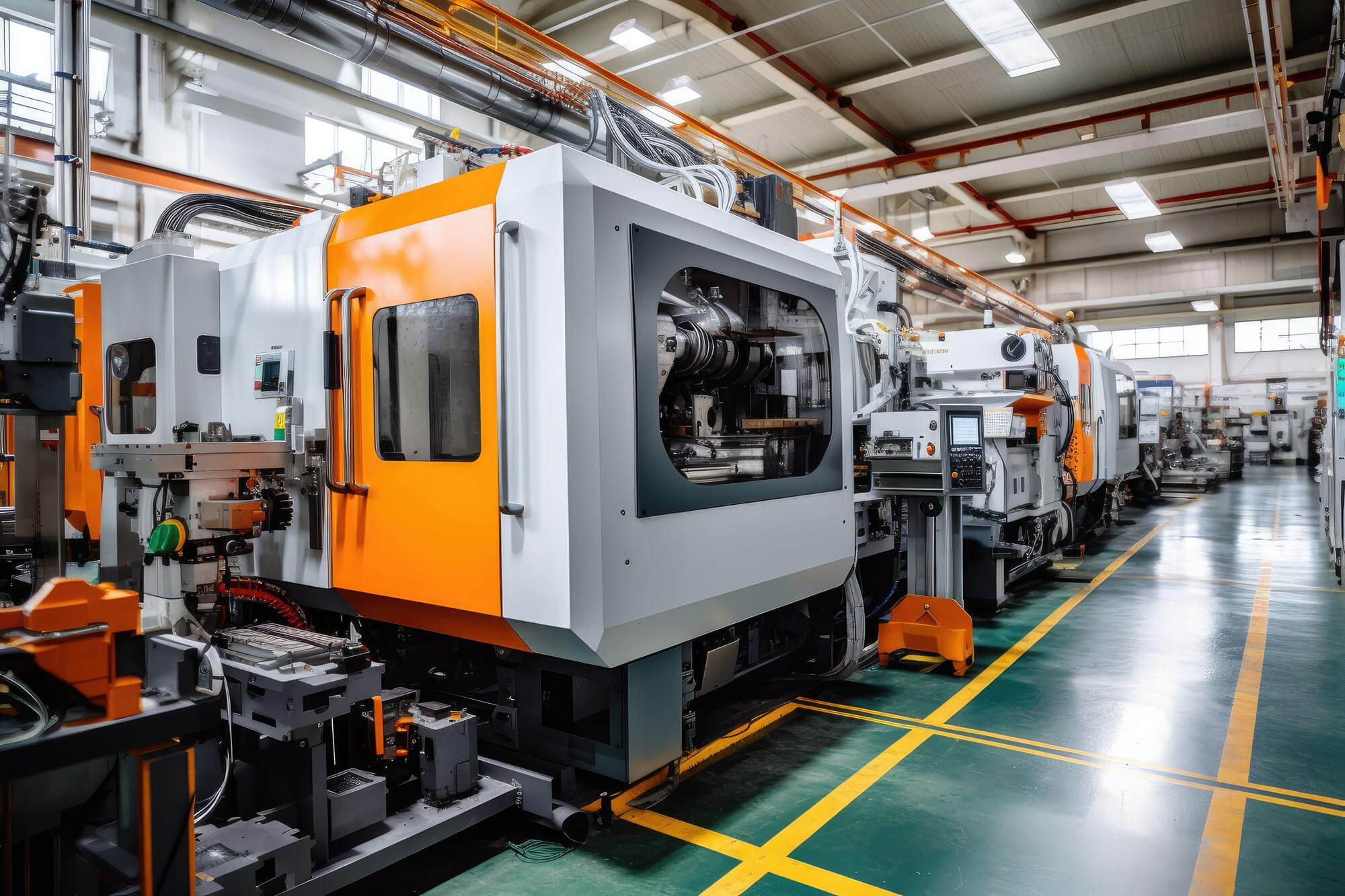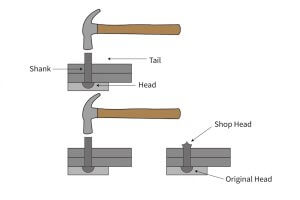When it comes to CNC machining parts, the type of machining center you choose can significantly impact the efficiency and quality of your work. Horizontal CNC machining centers (HMCs) are renowned for their versatility and precision, especially when dealing with complex and large parts. Let’s dive into the world of HMCs and see why they are a smart choice for many machining tasks.
What Makes Horizontal Machining Centers Special?
Horizontal machining centers are designed with a spindle that moves horizontally. This setup allows for the machining of multiple sides of a part in a single setup, making them particularly effective for cubic parts. The ability to machine multiple faces without re-clamping the part increases accuracy and reduces production time.
Typical Applications:
- Large Parts: Ideal for pump bodies, gearboxes, engine blocks, and other bulky components.
- Complex Geometries: Excellent for parts that require machining on several faces.
- Production Efficiency: The inclusion of a rotary table and pallet changer enables continuous operation, boosting productivity.
Unique Features of Horizontal Machining Centers
- Multiple Tool Capacity: HMCs are equipped with large tool magazines, allowing for the storage of numerous tools. This capability minimizes downtime for tool changes.
- Rotary Tables: The rotary table or indexing table allows the part to be rotated around its axis, providing access to different faces without manual re-clamping.
- Pallet Changers: Automatic pallet changers enable quick swapping of workpieces, ensuring that the machine can operate continuously without interruption.
- Stability and Rigidity: The horizontal design offers better chip evacuation and reduces the risk of tool deflection, ensuring more precise machining.
Programming Considerations
While the programming of HMCs is generally similar to vertical machining centers (VMCs), there are a few unique aspects to consider:
- Tool Path Optimization: Efficient tool paths are crucial to take full advantage of the rotary table and multiple faces machining.
- Tool Change Management: Given the large number of tools available, careful management and sequencing of tool changes can significantly improve cycle times.
- Integration with Accessories: Properly programming the use of pallet changers and rotary tables can streamline operations and enhance productivity.
Comparison with Vertical Machining Centers
To understand the benefits of HMCs, let’s compare them with VMCs in a simple table:
| Feature | Horizontal Machining Center | Vertical Machining Center |
|---|---|---|
| Spindle Orientation | Horizontal | Vertical |
| Typical Applications | Large, complex parts | Flat parts, plates |
| Tool Capacity | Larger, more tools | Smaller, fewer tools |
| Chip Evacuation | Excellent | Good |
| Pallet Changing | Common, increases productivity | Less common |
| Setup Time | Longer initial setup, less frequent | Shorter initial setup, more frequent |
| Cost | Higher | Lower |
| Common Industries | Automotive, aerospace, heavy machinery | Automotive, aerospace, electronics |
Practical Tips for Using HMCs
- Regular Maintenance: Keep the machine in top condition to avoid breakdowns and ensure precision. Regularly check and replace worn-out parts.
- Proper Training: Ensure operators are well-trained to handle the complexities of HMCs, including the use of rotary tables and pallet changers.
- Effective Tool Management: Track tool wear and organize the tool magazine efficiently to minimize downtime.
- Optimize Workflows: Take full advantage of the machine’s capabilities by planning workflows that reduce idle time and maximize productivity.
Real-World Application: Case Study
Let’s consider a manufacturing company specializing in heavy machinery components. They upgraded from VMCs to HMCs to meet increasing demand and complexity of their products. Here’s what they experienced:
- Increased Productivity: The ability to machine multiple faces of a part without re-clamping reduced production time by 30%.
- Improved Precision: Enhanced stability and better chip evacuation resulted in more accurate parts with fewer defects.
- Cost Efficiency: Although the initial investment was high, the increased throughput and reduced waste led to significant cost savings over time.
Other Articles You Might Enjoy
- Evolution of Mills and Machining Centers: The Future of CNC Machining Parts
Stepping into the world of CNC machining, you quickly realize how pivotal mills and machining centers are in crafting precise parts. Over time, these machines have evolved significantly, transforming from…
- Precision CNC Machining of Steel: High-Volume Production
Precision CNC Machining and High-Volume Production As an integral part of modern manufacturing processes, Precision Computer Numerical Control (CNC) machining brings about unmatched accuracy and consistency in the production of…
- What are the requirements for CNC machining of bearing parts?
Bearings are common and important parts in the automotive industry, which can support transmission components and transmit torque. Generally, CNC machining centers are used to process bearing parts. So what…
- Aluminum CNC Machining Service for Custom Parts
Aluminum CNC machining stands at the forefront of modern manufacturing, epitomizing precision, versatility, and efficiency. With its widespread applications across industries ranging from aerospace to automotive and beyond, aluminum CNC…
- Nickel Alloys in CNC Machining: Inconel 718 vs. Monel K-500 for Aerospace and Marine Applications?
Introduction to CNC Machining and Nickel Alloys Computer Numeric Control (CNC) machining is a pivotal process in the manufacturing industry, using pre-programmed computer software to dictate the movement of factory…
- The Future of CNC Machining in Sustainable Manufacturing
The Future of CNC Machining in Sustainable Manufacturing CNC (Computer Numerically Controlled) machining and sustainable manufacturing are two significant areas with increasing potential in the industrial sector. CNC machining is…









